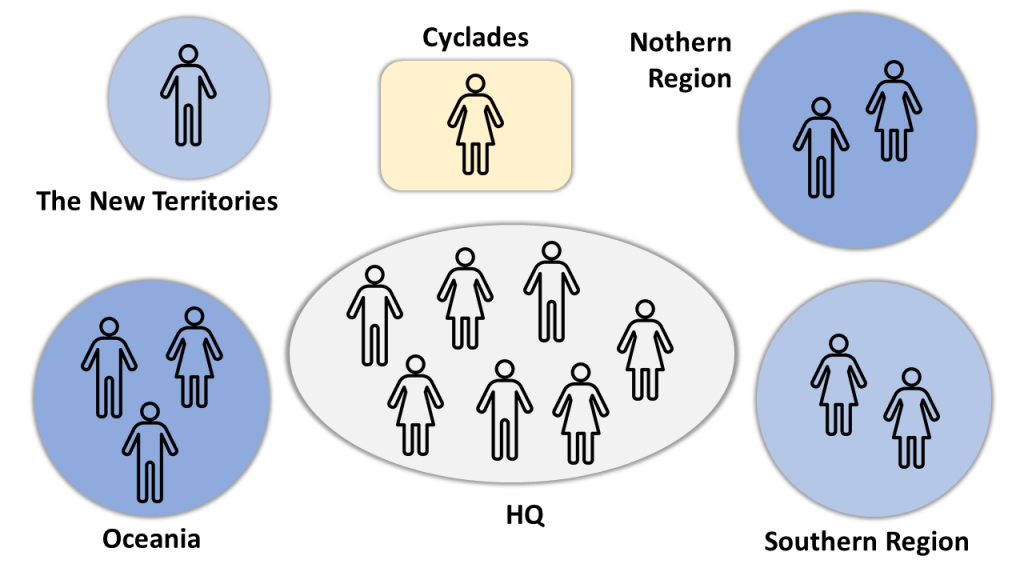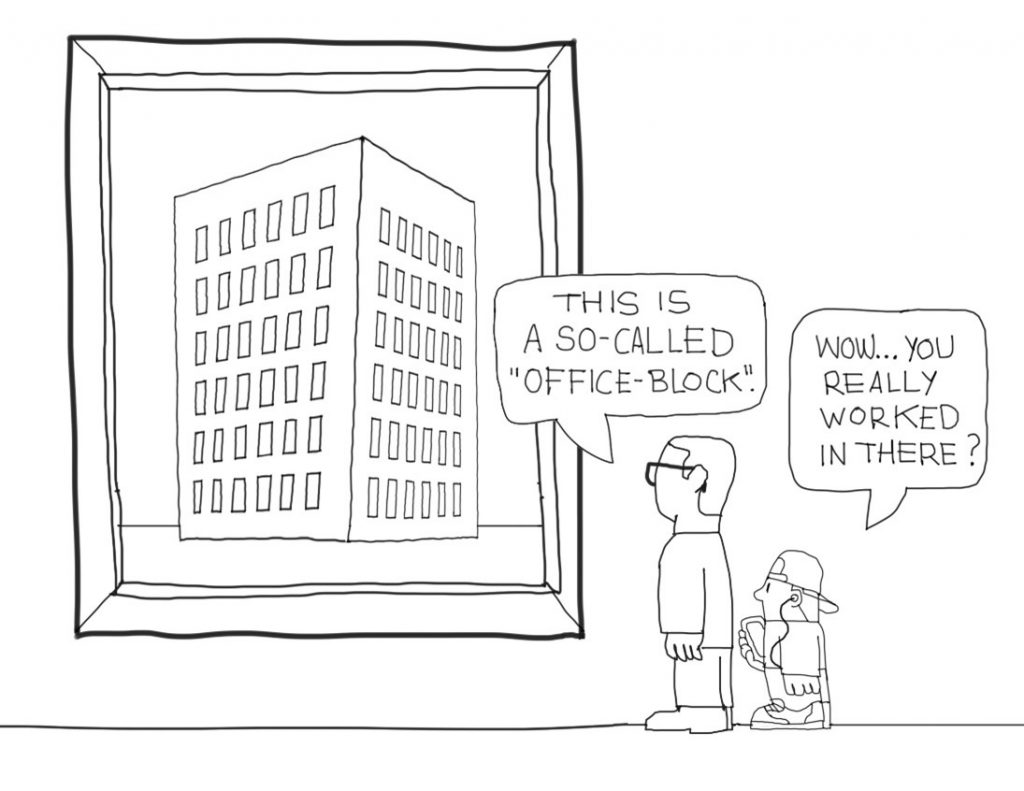There is not a single boardroom where the topic of hybrid working is missing on the agenda. All organizations are charting the new territory of how work is organized in the post pandemic era. At one extreme, there are companies demanding that everyone return to the office. At the other, some organisations go completely remote and close their office spaces, becoming fully distributed.

In between the two ends, many organizations rearrange their office space by throwing out desks and creating spaces for employees to socialize and collaborate. Marco Zappacosta, CEO of Thumbtack says that ‘Since the cost for real-estate is much lower, there is more budget for offsite meetings to compensate for all screentime.’
Some companies are pursuing a digital first policy for meetings and from a psychological standpoint this makes sense. For instance, when Salesforce employees can meet digitally, they should, says Brent Hyder, the firm’s CHRO, ‘avoid remote workers feeling like second class citizens, everyone joins meetings as an individual, from a separate room, even if they happen to be in HQ together. This policy is supported by what we know from social psychology as collocation bias.
This unconscious bias leads us to have a slightly more favourable impression of other people who are close to us, and less favourable of those that are remote. Because of this, a set-up where subgroups get together face to face in a meeting room to join a larger group for a meeting (see graph #1), instantly leads to an ’us’ and ‘them’ dynamic within the group of participants. So, rather than building the team, a meeting that is set up like this, tends to alienate remote members and exclude people rather than include them.


Looking at the two graphs, which team do you think has a more cohesive team, despite the geographical distance?
In the old pre-Covid days, ‘Congregating in one place was believed to spur productivity, innovation and camaraderie. It enabled bosses to keep an eye on their underlings. Work from home was something to be done only if it absolutely couldn’t be avoided.’
Our recommendation, when creating policies for hybrid working is to adhere to group dynamic principles of inclusion when planning meetings: either all participants join F2F, for instance at an offsite, or all join remotely, from an individual, quiet space. Teams can be lonely places for those who are kept on the fringe.

- Quotes are from the article ‘Edifice complexities’ in the July 9 issue of the Economist.
- Graphs and cartoon are owned by Nomadic IBP.

Fredrik Fogelberg is a chartered Organisational Psychologist specializing in leadership development and team facilitation in international organizations. He has over 30 years of international experience in the corporate world and as a consultant.


